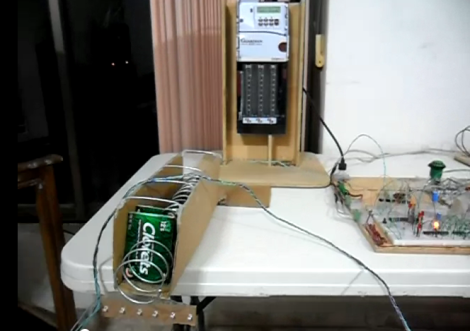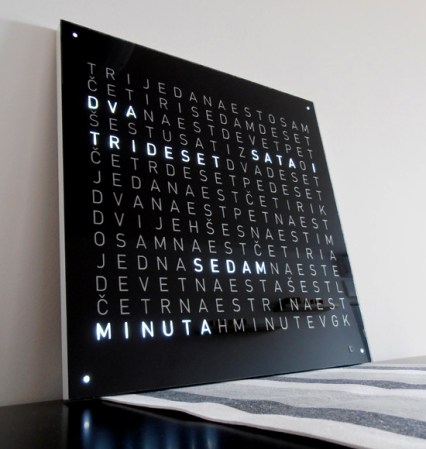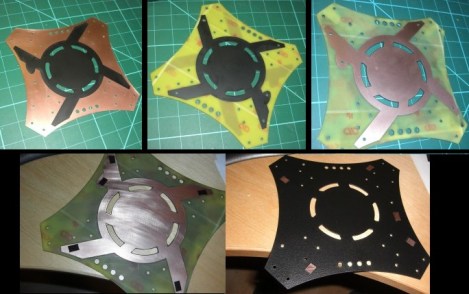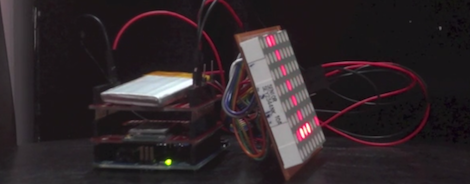
It’s easy to forget the layer upon layer of technological advances that led to the computers we use today. But this look at the state of the art half a century ago does a good job of reminding us. Here [Fernando J. Corbató] explains the concept of Time-Sharing. He is one of the pioneers of the topic which is now used in every computer system in the world.
Since processors (read: a single core) can only work on one operation at a time, it inherently creates a bottle-neck. This is a huge issue when you consider the cost of the computers used at the time. In the video he mentions $300-$600 an hour. That was in the 1960’s and would roughly equate to about $2300-$4600 in 2012. In other words, there’s big money in using the machine as efficiently as possible.
Early on in the discussion he mentions how programs were loaded and solutions were returned by computers of the day. It started with punch cards, then moved to magnetic tape. At the time this was filmed they had just started using teletype and were hoping to add a graphical interface in the near future. We’ve come a long way but the core principles he’s explaining are still quite important. See both parts of the film after the break.

















